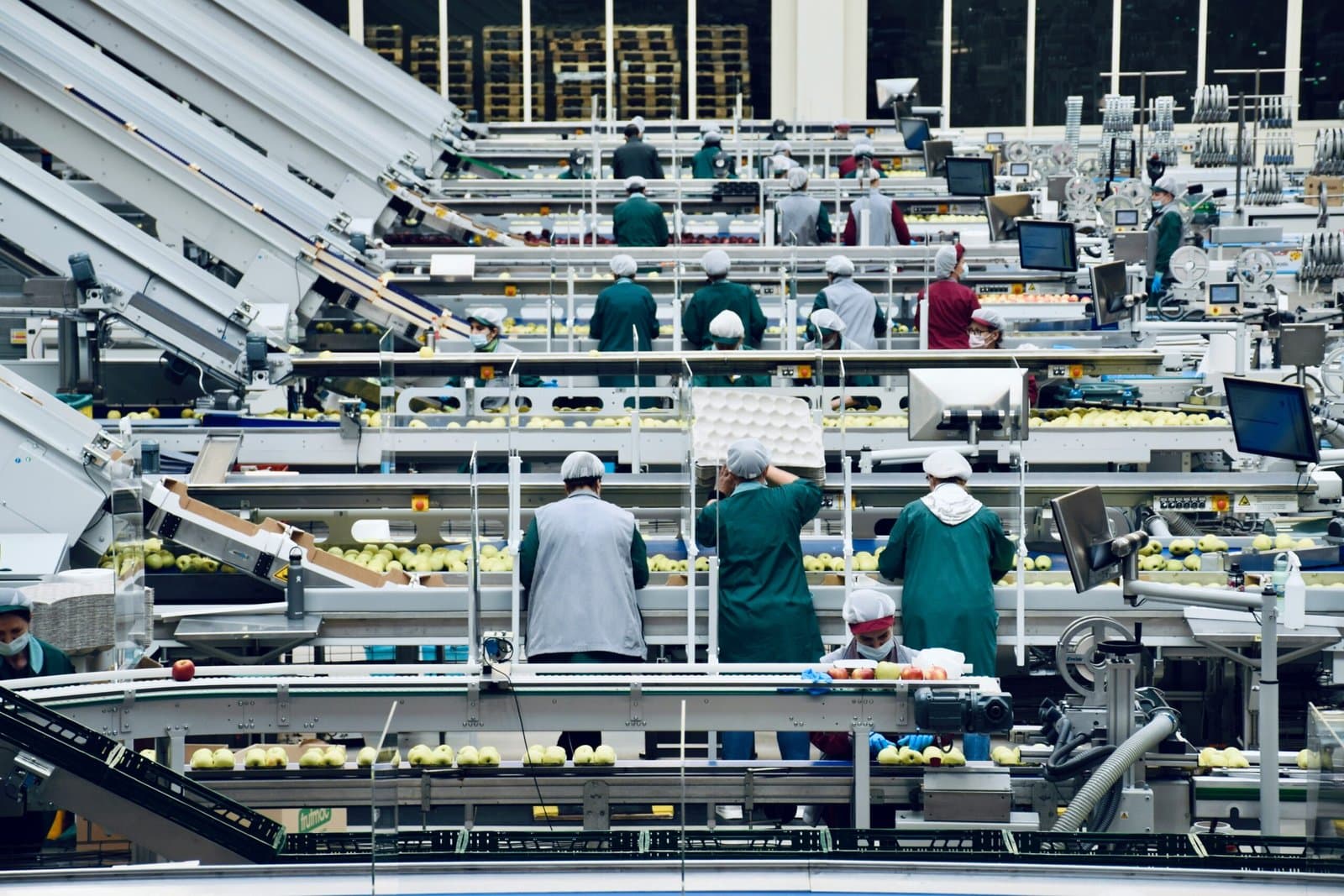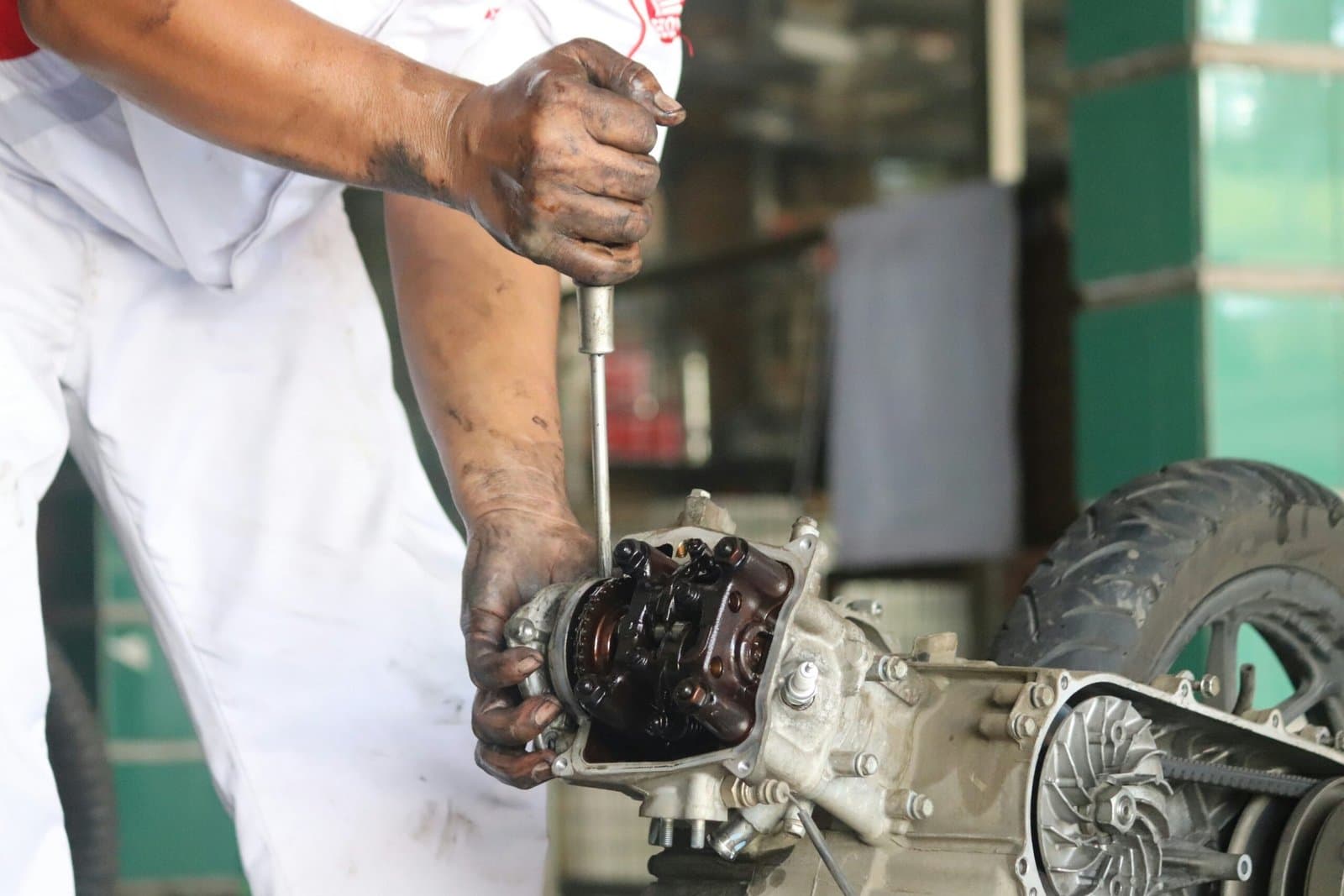Decommissioning a Facility: How to Turn It into a Profitable Venture

Decommissioning a facility is often viewed as a cost center; a necessary but expensive step in closing or relocating operations. But forward-thinking companies know it doesn’t have to be that way. With the right approach, decommissioning a facility can actually become a profitable venture, unlocking revenue streams and minimizing expenses that many businesses overlook.
From salvaging valuable materials to reducing waste disposal costs, strategic decommissioning can transform a perceived burden into an opportunity.
Why Decommissioning a Facility Is More Than Just a Shutdown
When most decision-makers hear “decommissioning,” they think of dismantling equipment, clearing spaces, and hauling away waste. While those steps are necessary, stopping there leaves money on the table.
A structured approach to decommissioning a facility considers:
-
Asset Recovery: Reusing or reselling machinery, tools, and infrastructure.
-
Material Salvage: Extracting valuable metals, wiring, and components for resale.
-
Waste Reduction: Cutting disposal volumes to lower landfill costs.
-
Sustainability: Reducing environmental impact while gaining reputational benefits.
By treating decommissioning as a strategic project instead of an afterthought, businesses can unlock significant financial and environmental benefits.
Salvaged Materials: Hidden Revenue in Plain Sight
One of the most overlooked advantages of decommissioning a facility is the potential to recover and sell salvaged materials.
High-value opportunities include:
-
Metals: Steel, aluminum, copper, and stainless steel from machinery, piping, and wiring.
-
Electrical Components: Switchgear, transformers, and cabling retain resale value.
-
Reusable Building Materials: Structural steel, ductwork, and even flooring can be resold or reused.
Financial Impact:
Scrap metal alone can return tens of thousands of dollars depending on facility size and material volume. Copper, for example, is consistently one of the most valuable salvage commodities.
By separating and selling salvageable materials, companies turn what would otherwise be waste into revenue.
Reducing Waste Disposal Costs
Waste disposal is one of the largest expenses in any decommissioning project. Landfill tipping fees, transportation, and hazardous waste handling can add up quickly.
By maximizing material recovery and reuse, companies dramatically reduce the amount of material that must be disposed of. The result:
-
Lower tipping fees
-
Fewer transport loads
-
Reduced environmental compliance costs
In addition, some materials classified as “waste” may qualify for recycling rebates or credits when handled by certified partners.
Reselling and Repurposing Equipment
Facility shutdowns often leave behind operational or repairable equipment. Instead of scrapping it, companies can capture value by reselling or repurposing assets.
Options include:
-
Secondary Markets: Sell equipment through brokers or auctions to businesses seeking lower-cost alternatives.
-
Internal Reuse: Transfer machinery to other facilities within the company.
-
Charitable Donations: Donating equipment can provide tax advantages while supporting community organizations.
Even equipment nearing the end of its lifecycle may contain valuable components, such as motors, pumps, or control systems.
Labor and Time Efficiency
Strategic planning in decommissioning a facility also reduces labor costs. By creating a phased approach, sorting, salvaging, and dismantling in logical sequences, businesses minimize rework and shorten project timelines.
Every day shaved off a decommissioning schedule saves labor hours, overhead, and opportunity costs, further improving profitability.
Sustainability and Reputation Benefits
Modern stakeholders, customers, regulators, and investors, are increasingly focused on sustainability. A wasteful decommissioning process can harm reputation, while a well-planned one can enhance it.
Sustainability benefits include:
-
Reduced landfill waste
-
Lower carbon footprint from recycling and reuse
-
Positive PR for environmentally responsible practices
These intangible benefits can lead to stronger community relations and even competitive advantages in securing future business.
Best Practices for Profitable Facility Decommissioning
-
Start with a Full Asset Inventory
-
Document all equipment, materials, and infrastructure.
-
Identify items with resale or salvage potential.
-
-
Partner with Experts in Rigging and Salvage
-
Professional crews ensure safe dismantling while maximizing material recovery.
-
-
Prioritize Material Segregation
-
Separate metals, recyclables, and waste streams early to maximize returns and reduce disposal costs.
-
-
Leverage Secondary Markets
-
Use auctions, brokers, and direct sales to monetize equipment.
-
-
Track Costs and Returns
-
Monitor both savings (reduced waste disposal) and revenue (salvage and resale) for clear ROI.
-
Case in Point: Turning Costs into Cash
A mid-sized manufacturer recently decommissioned a 50,000-square-foot facility. By working with a professional decommissioning team:
-
Recovered $150,000 in scrap metal sales
-
Repurposed $300,000 worth of equipment within other plants
-
Cut disposal costs by 40% through recycling initiatives
What was initially projected as a seven-figure cost center became a breakeven project—with additional sustainability benefits.
Conclusion: Decommissioning a Facility Can Be an Opportunity
Decommissioning a facility doesn’t have to drain resources. With the right approach, it can deliver measurable financial returns, reduce waste, and reinforce sustainability commitments.
The key is planning with profit in mind by identifying salvage opportunities, reducing waste disposal costs, and leveraging resale channels. For plant managers and executives, this mindset shift turns decommissioning from a liability into a strategic advantage.
Contact APS Industrial Services today to learn how professional decommissioning services can maximize returns while minimizing costs.
Newsletter
Don't miss a thing!
Sign up to receive daily news
Recent Posts

august 25, 2025
Hydraulic Press Maintenance 101

august 18, 2025
Rigging Machinery: The Challenge of Moving and Installing Outdated vs. Modern Equipment

august 16, 2025
Conveyor System Maintenance: 5 Early Warning Signs of Failure

august 14, 2025
Predictive Maintenance: The Smarter Alternative to Costly Reactive Repairs

august 11, 2025